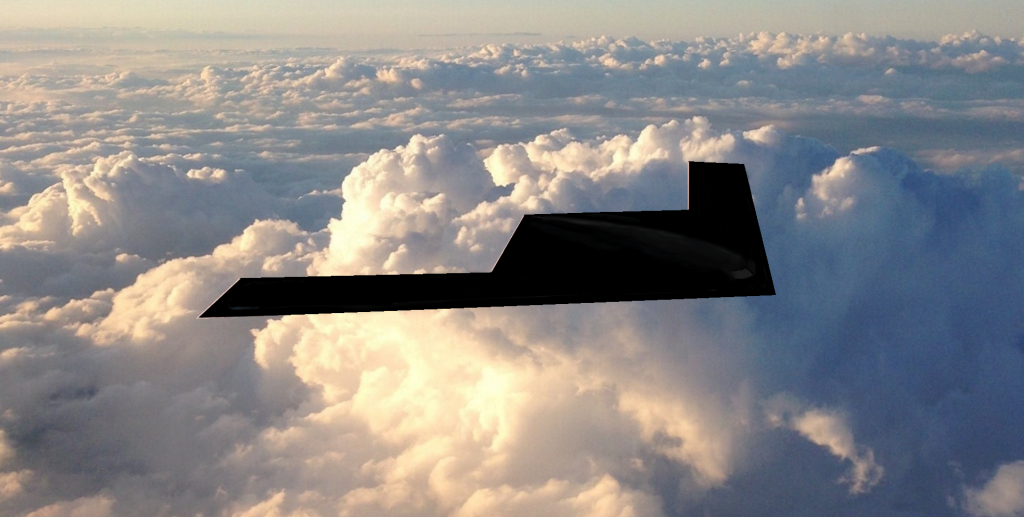According to ASPI, Washington is open to supplying Northrop Grumman B-21 Raider strategic bombers to Australia. But why would Australia need such an expensive aircraft, and why aren’t F-35s sufficient for Australian defence requirements?
Washington has long been reluctant to export its bleeding edge aircraft. The F-22 stealth air superiority fighter has an export ban placed on it. Similarly, strategic bombers such as the B-52, B-1 and B-2 have never been exported. Things then changed. Wanting to arm its allies for the next evolution of warfare, the US launched the Joint Strike Fighter program, which resulted in the F-35. By offering what was supposed to be an affordable stealth fighter, the United States not only expected to give their close allies 5th gen capabilities but also bring buyers further into the influence of Washington.
As a replacement for not only the F-16, but also the F-18, Harrier and others, the F-35 is the jack of all trades. Its range of features is impressive. It provides capabilities light years ahead of its predecessors. However, despite its versatility, it has its limitations. Limitations that Australia can’t ignore.
Without aerial refuelling, the F-35A has a reported combat radius of just over 1,090 kilometers (677 miles). This is more than enough for use in overseas coalition operations. However, it isn’t enough for a confrontation with China. Even when taking off from RAAF Base Darwin, the F-35 barely approaches one-quarter of the distance to China’s coastline before needing to turn back to base. Meaning aerial refuelling would be necessary to truly project power. Whether that’s north in support of regional allies, or out in the Pacific, where China is looking to expand its influence. Currently, there are no stealth tanker aircraft. This means a confrontation beyond the combat radius of the F-35 would be unnecessarily risky. Australia must be wary of the combat radius limitations and how it could effectively tie the hands of the RAAF in the worst-case scenario.
The B-21 makes up for the shortfalls of the F-35. It’s expected to have a combat radius of 5,000 kilometers (3,100 miles). This is nearly five times that of the F-35A. To put things into perspective this is enough to reach the Chinese mainland and return back to Australia. This is also enough range to cover a significant portion of the Pacific. Furthermore, it can take advantage of Australia’s land size. In other words, it can cash in on strategic depth if the need arises.
There is also the aspect of payload. The B-21’s payload is unknown, though it would be close to that of the B-2. The B-2 has a payload limit of 18,000 kilograms (40,000 pounds). In contrast, the F-35A has an internal payload capacity of 2,600 kilograms (5,700 pounds). Though the F-35 can carry over 8,000 kilograms (18,000 pounds) when external hardpoints are used, it must be understood that this will significantly increase its radar cross-section. Even if the B-21 were to have half the payload capacity of the B-2, this would still be substantially higher than the F-35.
Australia recently ordered 200 AGM-158C LRASM stealthy long-range anti-ship cruise missiles as part of an extensive $270 billion overhaul. However, according to Lockheed Martin, these missiles cannot be carried internally by F-35s. On the other hand, the current B-2 can carry 16 LRASMs in its internal weapon bay. Meaning that a single B-2 is a threat to an entire carrier strike group. The HALO, (Hypersonic Air-Launched Offensive Anti-Surface Warfare Missile), is Washington’s answer to Chinese and Russian hypersonic anti-ship missiles. It is expected to be ready by 2028. Like the LRASM, it’s highly unlikely that the F-35 will be able to carry it internally. Therefore, if the Royal Australian Air Force wants a platform that is a true deterrent over the oceans, the B-21 is a logical choice.
With the addition of B-21s, the RAAF’s F-35s will have less of a burden placed on them. F-35s will be better prepared for air superiority. That’s not to say that F-35s will be relegated purely to air-to-air missions, but B-21s would replace the F-35 for long-range, heavy strike or bombardment operations. This would ensure that F-35s don’t get overstretched.
In USAF Secretary Frank Kendall’s recent visit to Canberra, The Strategist enquired about the possibility of Australia joining the B-21 program. The response by Kendall was positive.
“I don’t think that there’s any fundamental limitation on the areas in which we can cooperate, if Australia had a requirement for long-range strike… then we’d be willing to have a conversation with them about that.”
USAF Secretary Frank Kendall to The Strategist
Overall, the B-21 would be an excellent addition to the RAAF. The cost of 12 B-21s would be less than $10 billion USD (not including bases, training and maintenance). The capabilities these aircraft would grant to the Australian Defence Force would far outweigh their cost, which is a small dent in the $270 billion defence overhaul budget. Critics must understand the B-21 is the best possible long-term investment for the ADF. The deployment of 4 USAF B-2s to Australia just weeks ago suggests just how crucial strategic bombers are for the defence of Australia. Australia’s unique geographical position coupled with the incoming storm to the north means Australia can no longer ignore long-range strike options.
This article was submitted to DefenceHub by an author who wishes to remain anonymous


6 Comments
All that to deliver a ton or two of TNT to the bad guys.
or, a nuke?
Loading new replies...
Join the full discussion at the DefenceHub | Global Military & Security Forum →